Decongestants are drugs that have a decongestant effect and are used to support the treatment of allergic diseases. They are not a single group of active ingredients. The individual substances act according to different mechanisms, however, with the same result of the mucous membrane decongestion.
What are decongestants?

Under the name Decongestants active ingredients are grouped together whose only common characteristic is their decongestant effect. Chemically, these substances often have nothing to do with each other.
The decongestants also do not have a common mechanism of action. However, they are always used together with antiallergic drugs or other active ingredients for the symptomatic treatment of swollen mucous membranes. While the main active ingredient in these drugs is the cause of the allergy, the decongestants only relieve the swelling and have a temporary effect.
Decongestants are mostly used topically, but can also be administered orally. Its main area of application is allergic rhinitis (hay fever).
Medical application & effects
Decongestants can be divided into different drug classes depending on the mechanism of action. First of all, there are the sympathomimetics. These act directly or indirectly via the sympathetic receptors. The sympathetic nervous system is part of the autonomic nervous system and primarily controls the smooth muscles of the glands and blood vessels.
It increases the tone of the heart and skeletal muscles, heart activity, blood pressure and metabolism. It also expands the bronchi and has a decongestant effect on the mucous membranes. Another group of decongestants are the corticosteroids. The corticosteroids have an antiallergic effect by dampening the immune system and thus reduce the swelling of the mucous membrane. Other antiallergic drugs that do not belong to the decongestants (e.g. cromoglicic acid) inhibit the release of inflammatory mediators such as histamine from the mast cells after long-term use, so that long-term use is necessary for treatment.
In connection with cromoglicic acid, Reproterol is always used to support rapid decongestion of the mucous membrane. Reproterol is a sympathomimetic and can be called a decongestant. Other decongestants have a homeopathic effect, such as B. Luffa operculata, an active ingredient from the dried pumpkin fruit. Essential oils also have a decongestant effect and are used as decongestants. They often have anti-inflammatory effects. There are also special agents that act as decongestants.
Herbal, natural, homeopathic & pharmaceutical decongestants
Various Decongestants The active ingredient group of sympathomimetics are very often used topically in nasal sprays for the treatment of nasal mucosal swellings in allergic rhinitis.
This includes B. ephedrine, phenylephrine, tetryzoline, xylometazoline, naphazoline, tramazoline or epinephrine. These active ingredients are chemically synthesized and, in addition to their use as decongestants, are also used in other areas. The other important group of active substances in decongestants are the cordicosteroids. Important representatives such as beclomethasone, prednisolone, dexamethasone, flunisolide, budesonide, betamethasone, tixocortol, fluticasone, mometasone or triamcinolone should be mentioned here.
This group of active ingredients also mainly contains representatives that are synthetically produced. The active ingredients of the group of cordicosteroids are often administered orally for the systemic treatment of allergies. In addition, combinations of decongestants are also used within an active ingredient group. Essential oils are often used as decongestants of vegetable origin. Chamomile and menthol should be mentioned as examples. The homeopathic active ingredient Luffa operculata, which comes from the dried pumpkin fruit, is also of plant origin.
Some special representatives of decongestants cannot be assigned to any specific group of active substances. There are individual active ingredients with different chemical compositions and different mechanisms of action. These special substances include retinol, ipratropium bromide, hyaluronic acid and hypromellose.
Risks & side effects
As diverse as the group of Decongestants is, as diverse are its side effects. It should be noted that any active ingredient can lead to side effects. These can occur, but do not have to be.
Basically, it can be assumed that there is also a corresponding hypersensitivity reaction to each individual active ingredient, which can sometimes also be expressed in an allergic shock. Furthermore, the active ingredients of the group of sympathomimetics cause side effects resulting from the increased activity of the sympathetic nervous system.
These include increased blood pressure, increased heart activity, constipation, dry mouth, reduced secretion formation and much more. Cordicosteroids, in turn, have an immunosuppressive effect and in extreme cases can cause diabetes or osteoporosis. However, the amounts used are usually so small that the side effects are usually negligible.




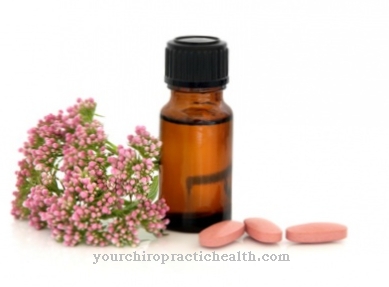




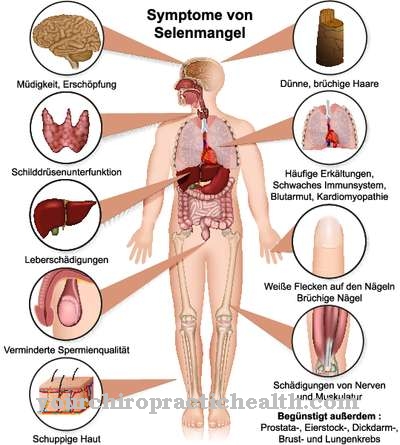





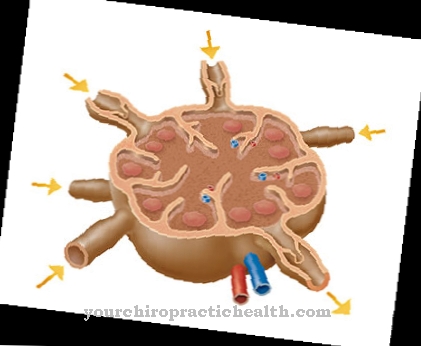
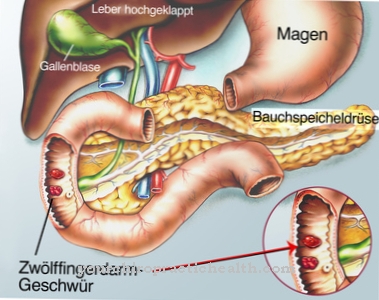







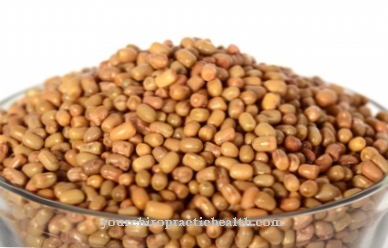



.jpg)